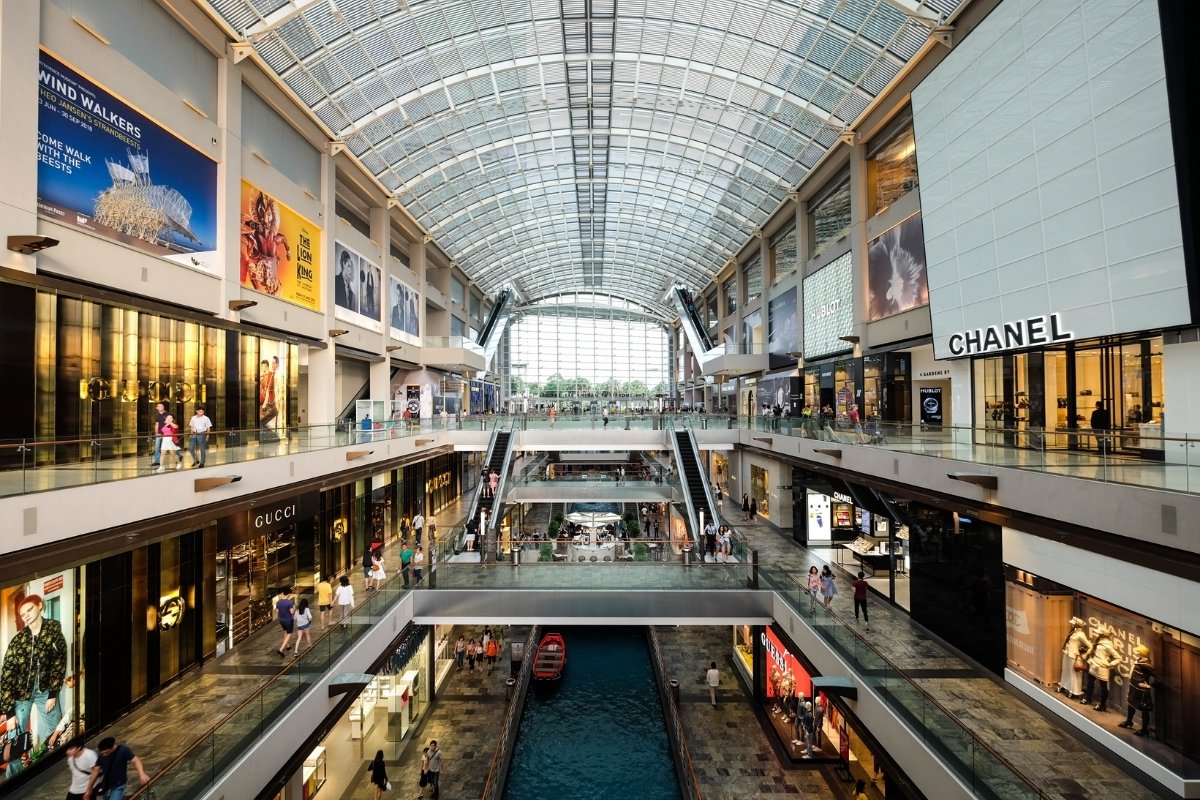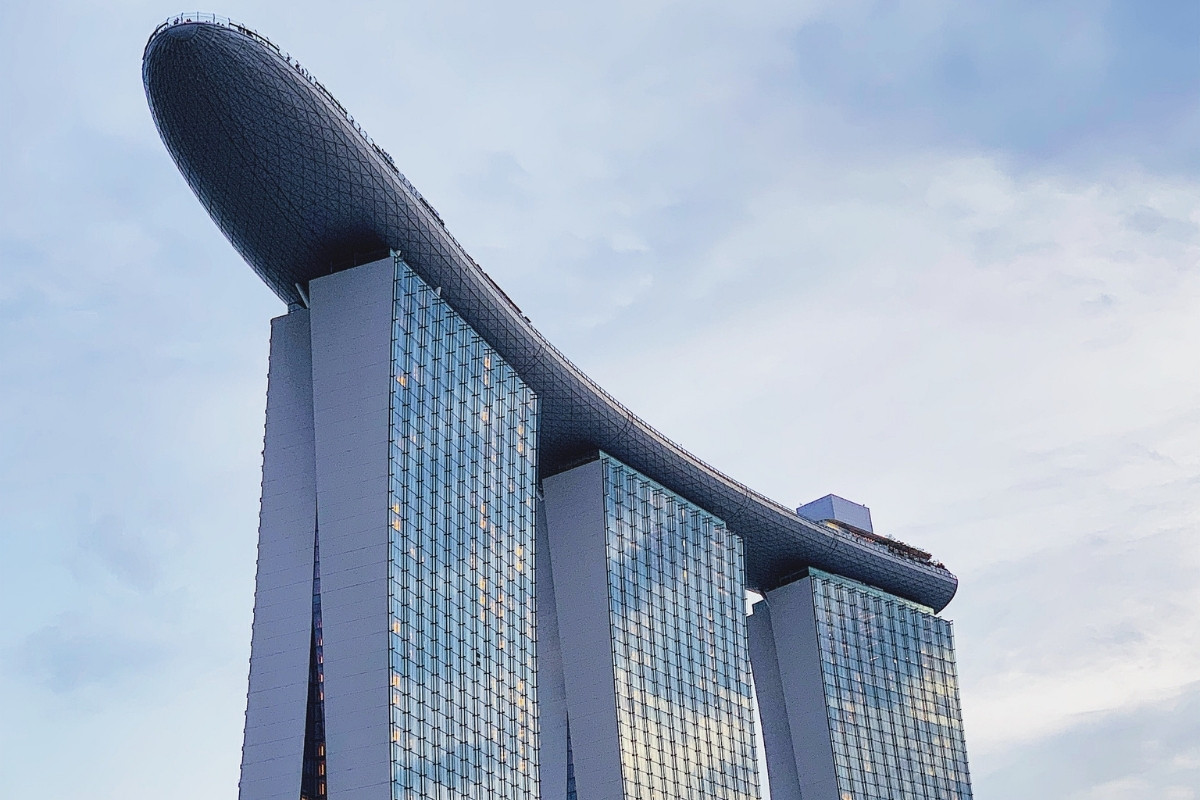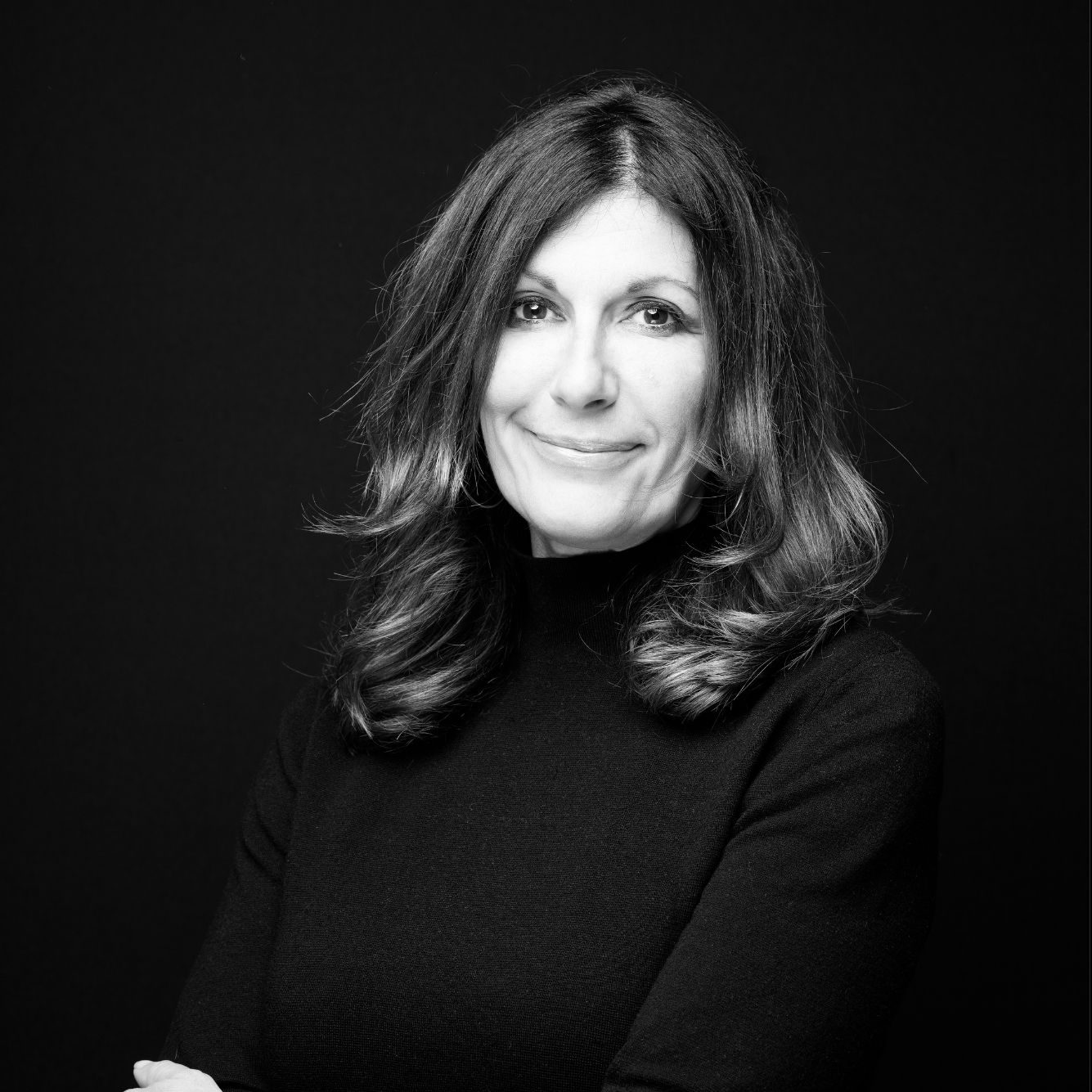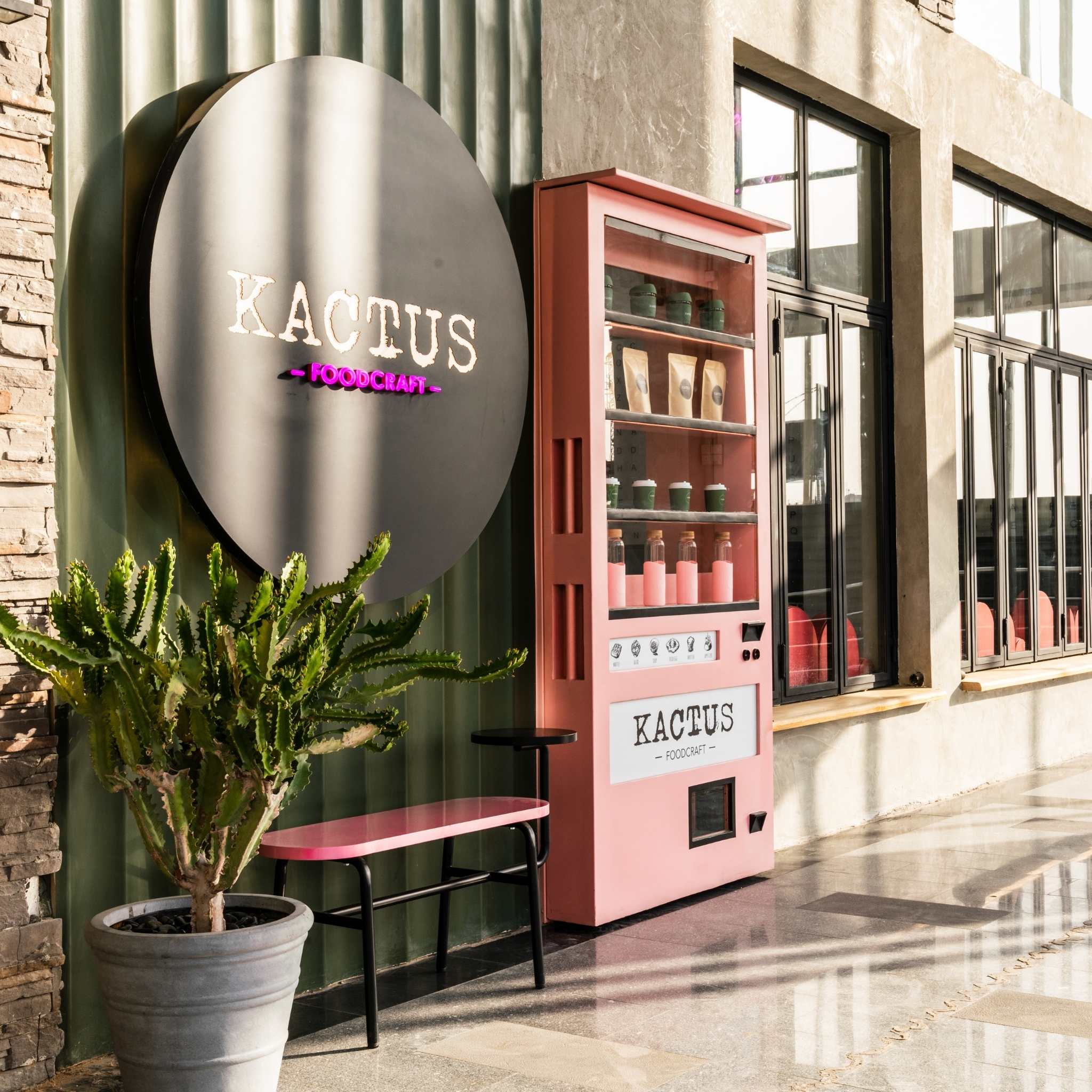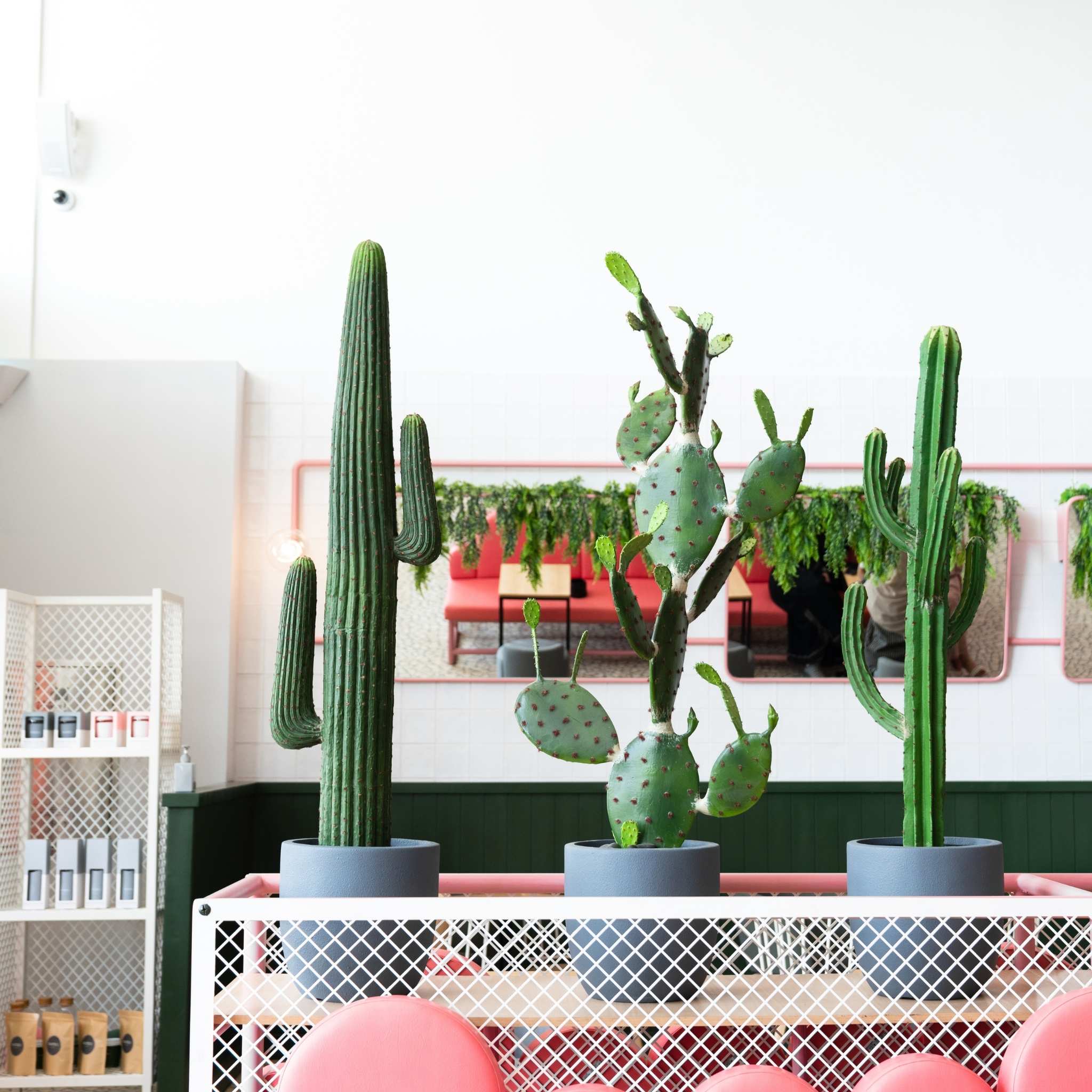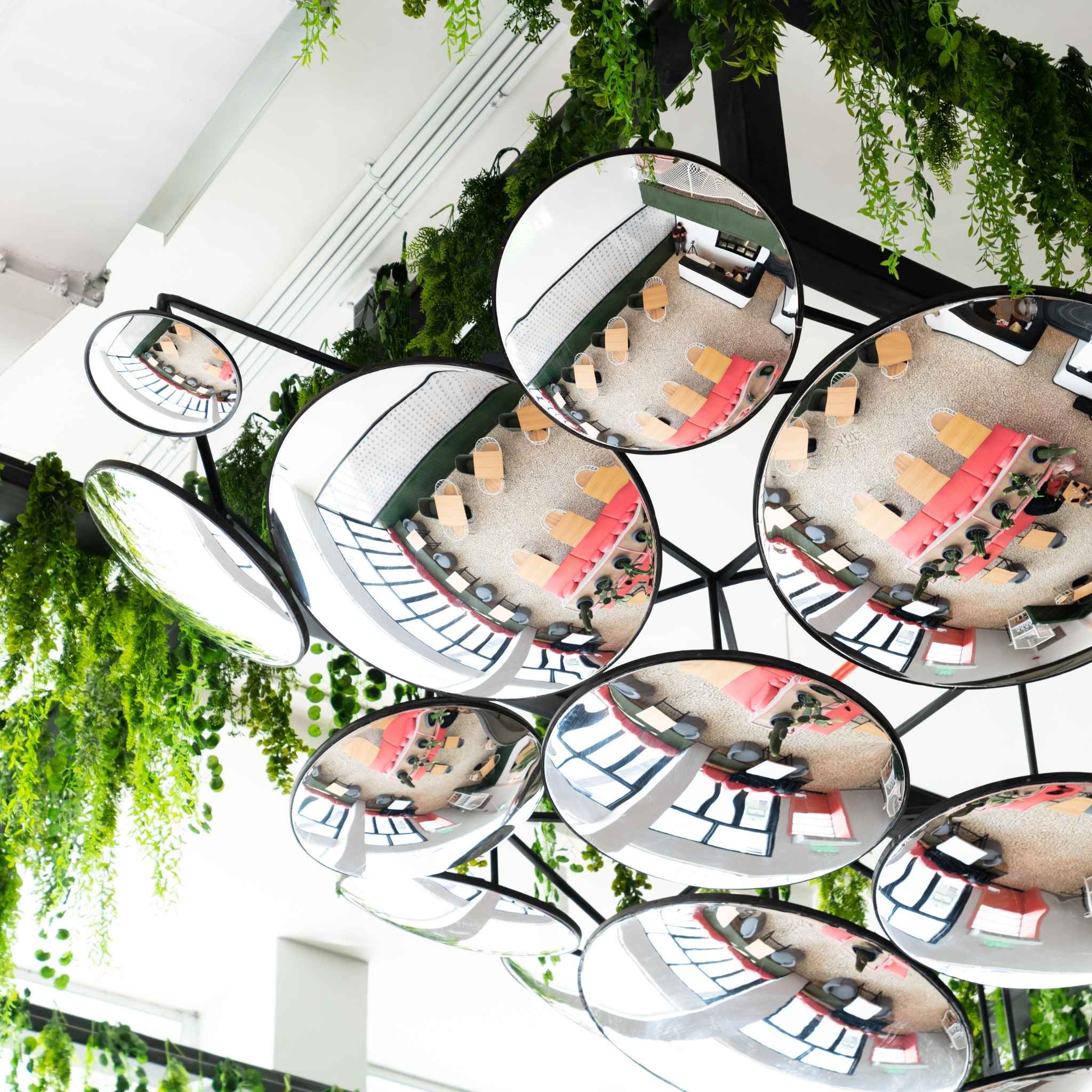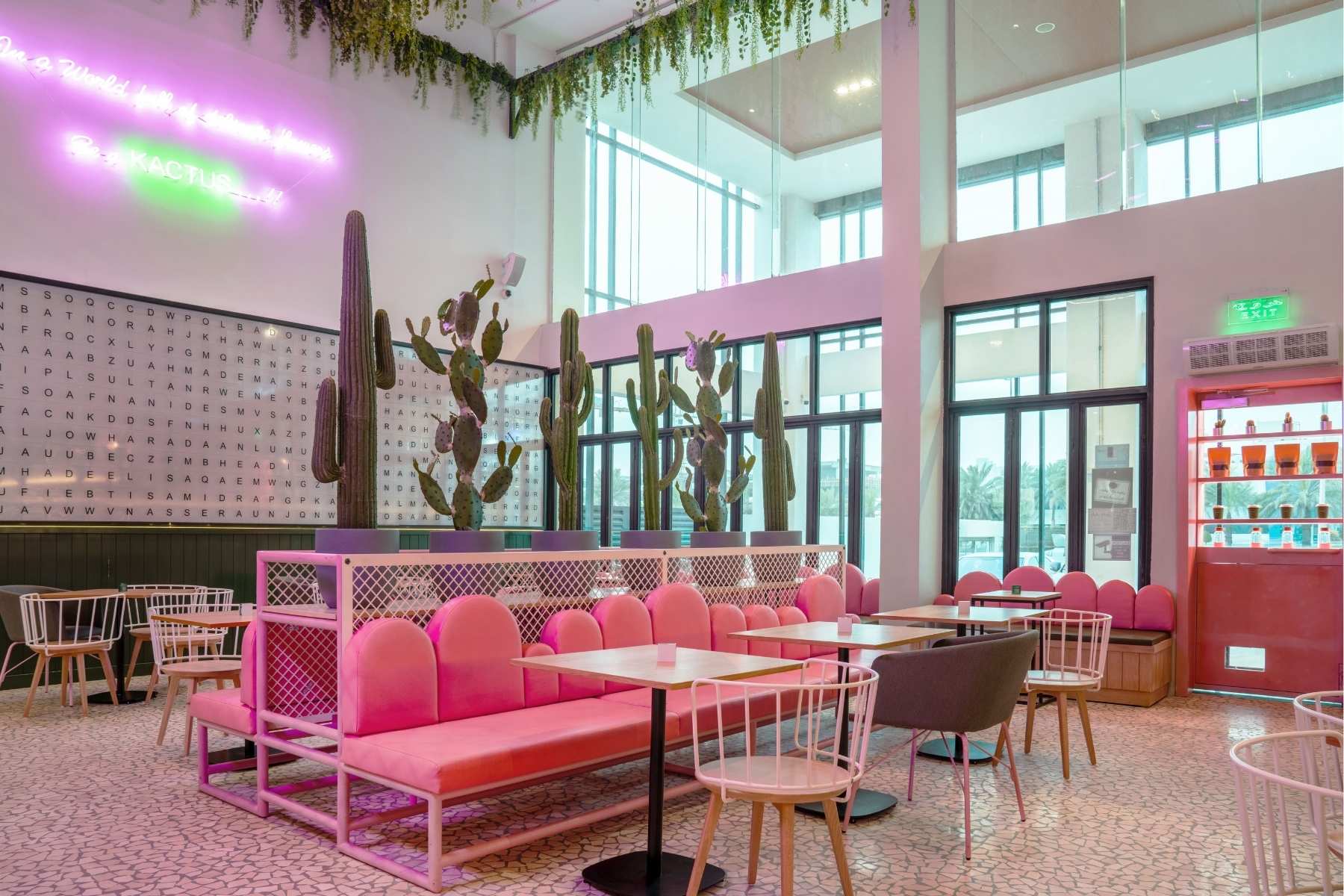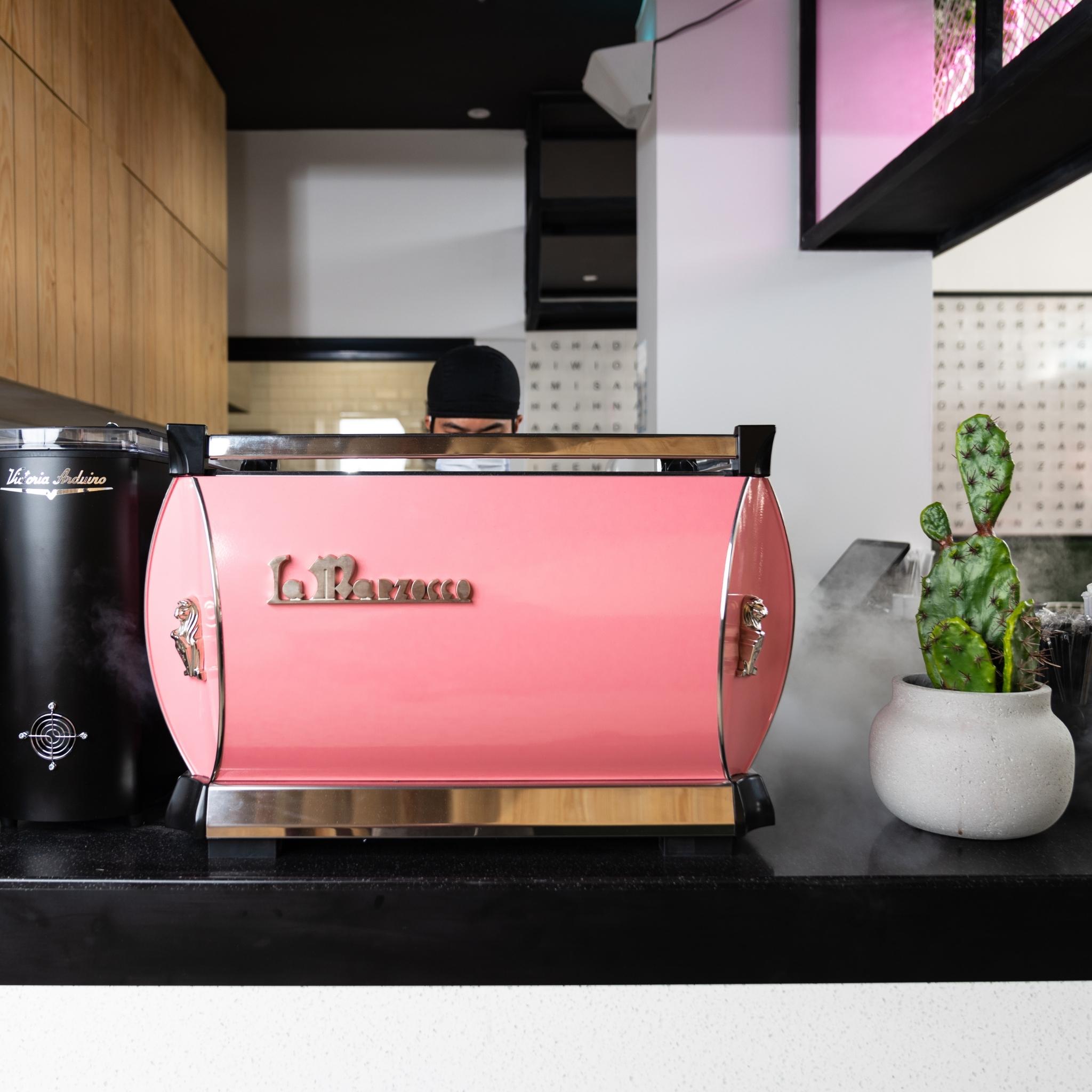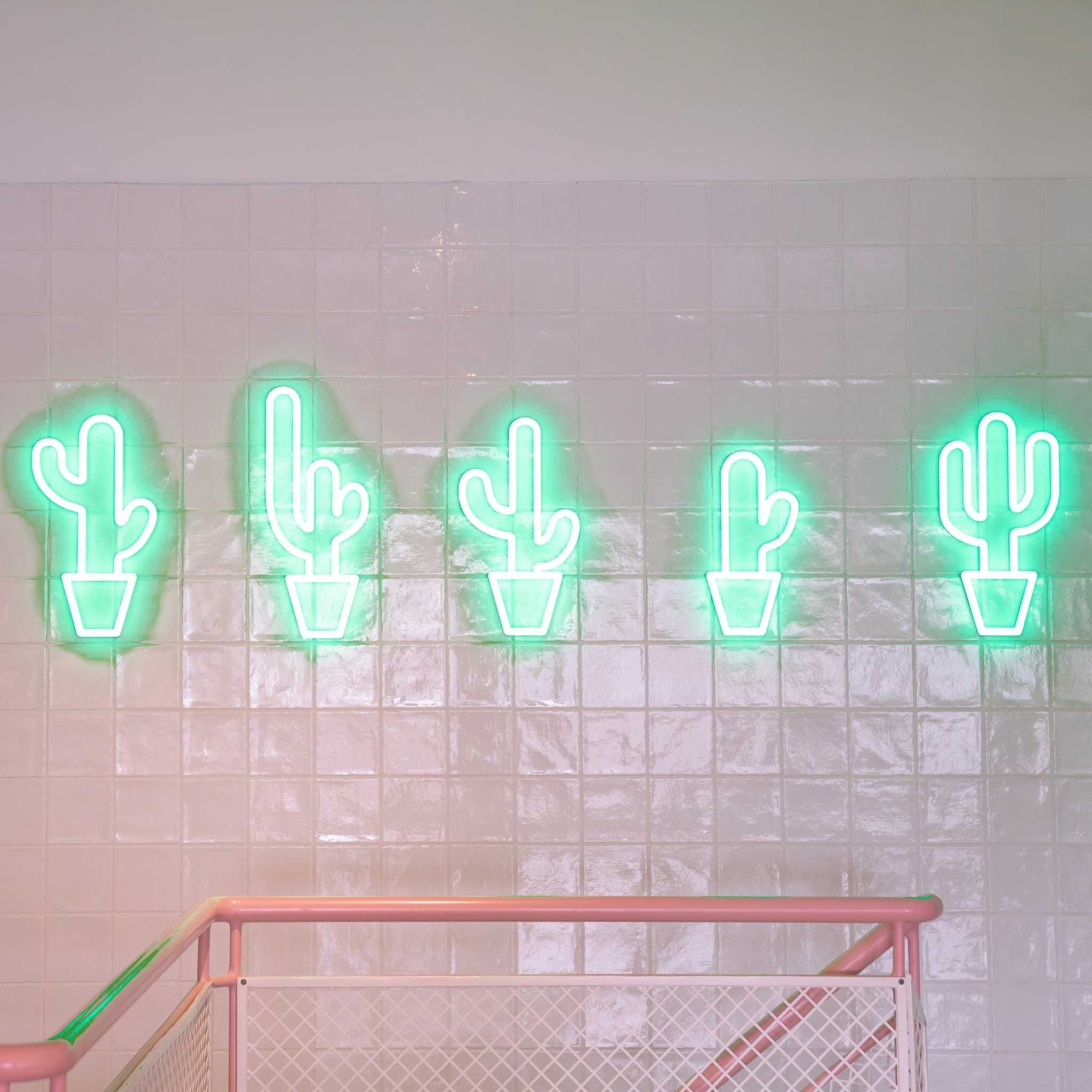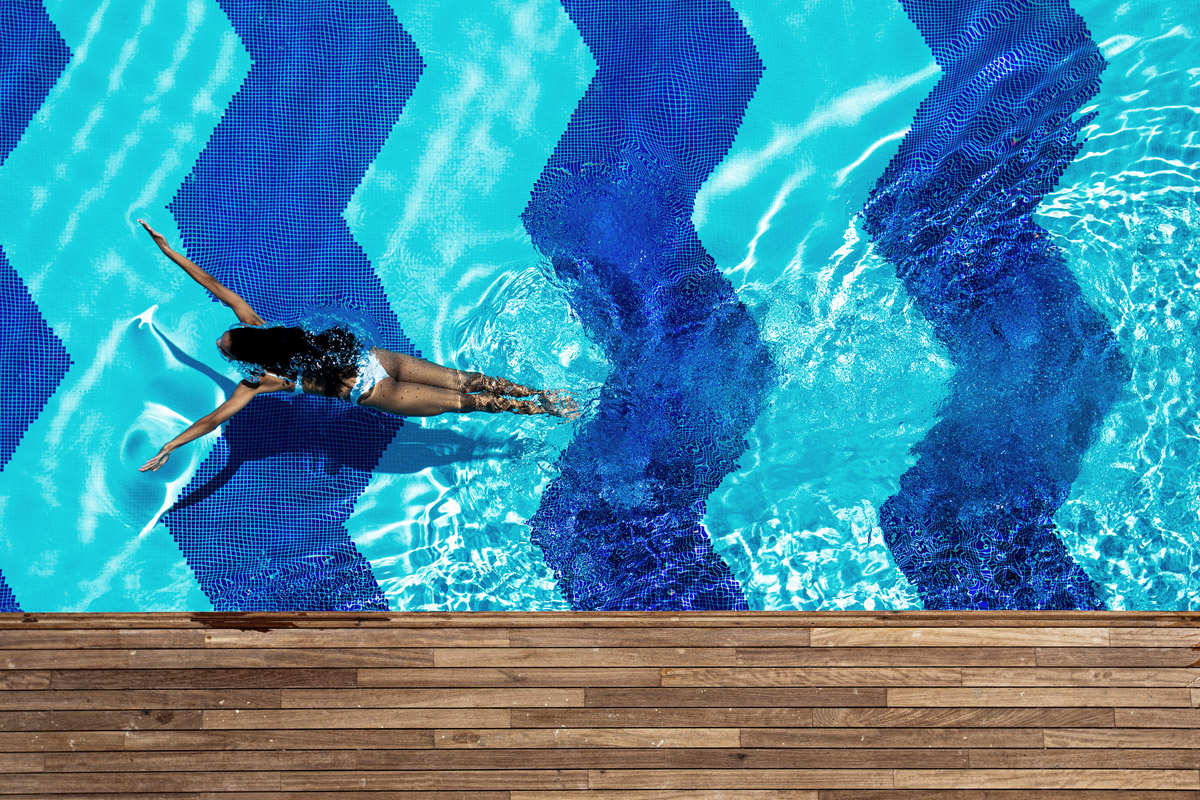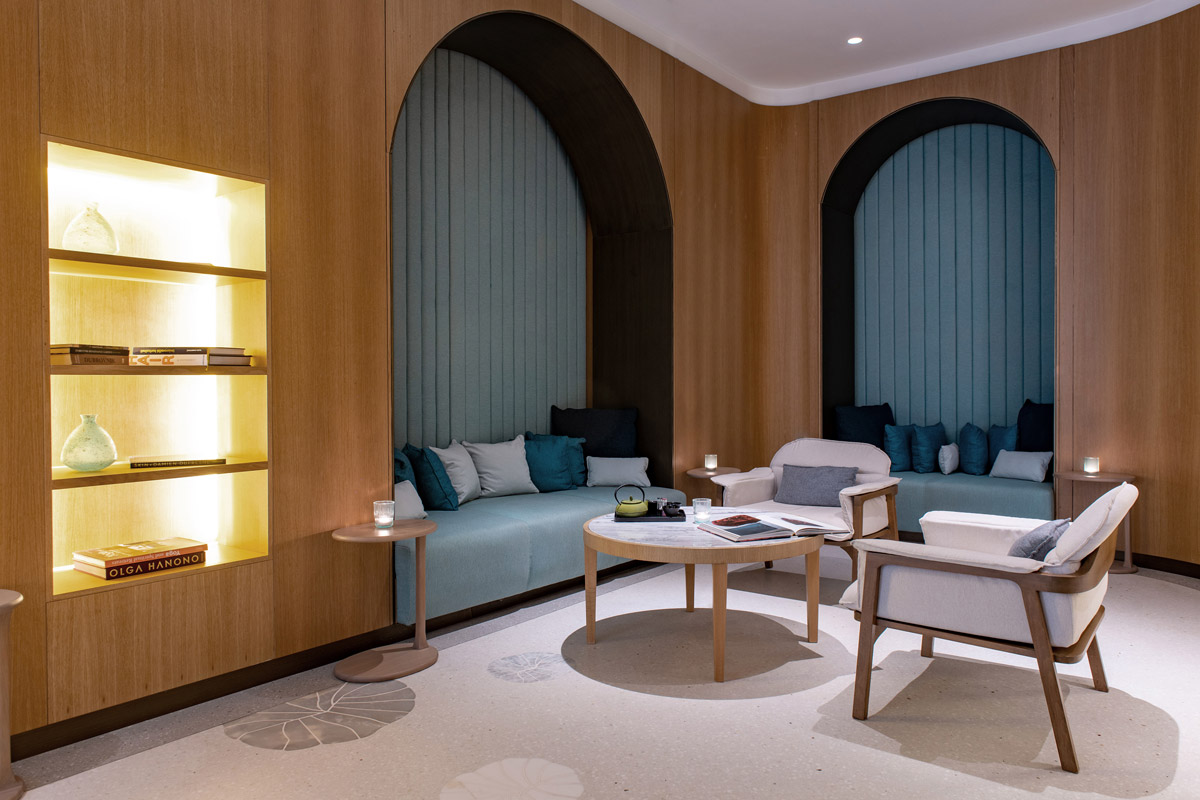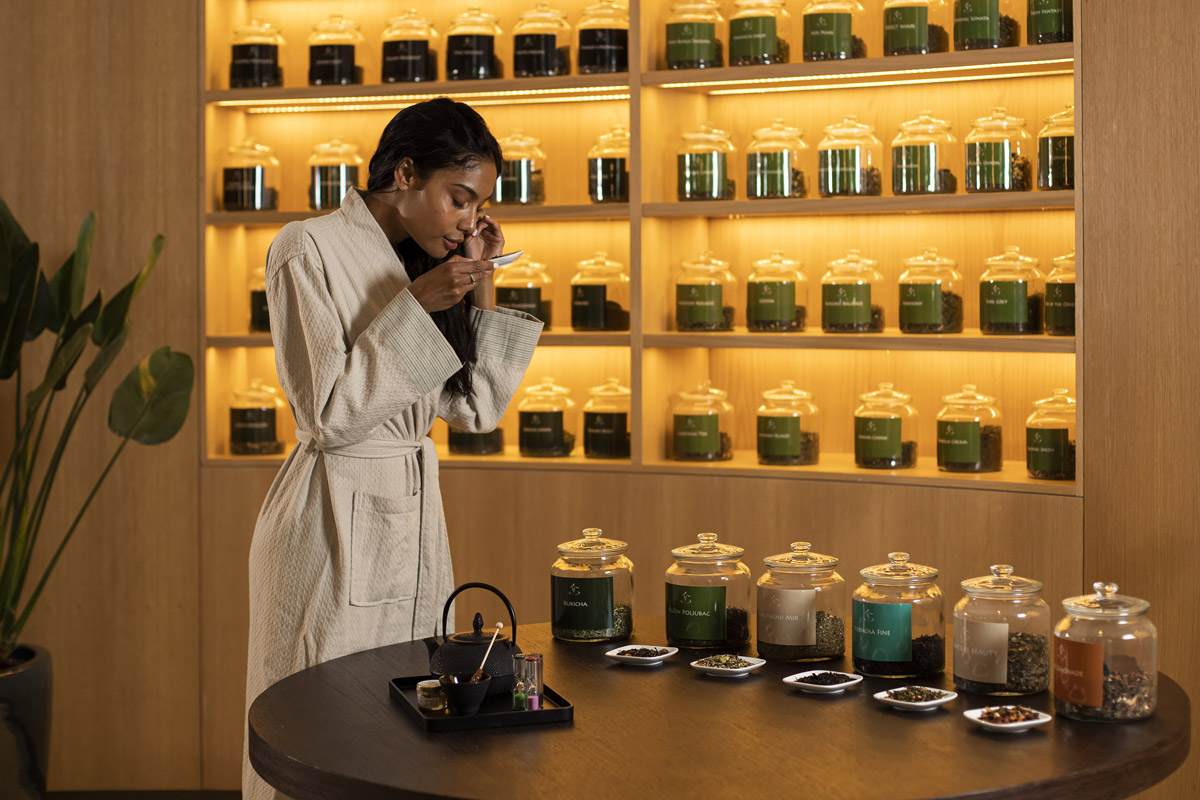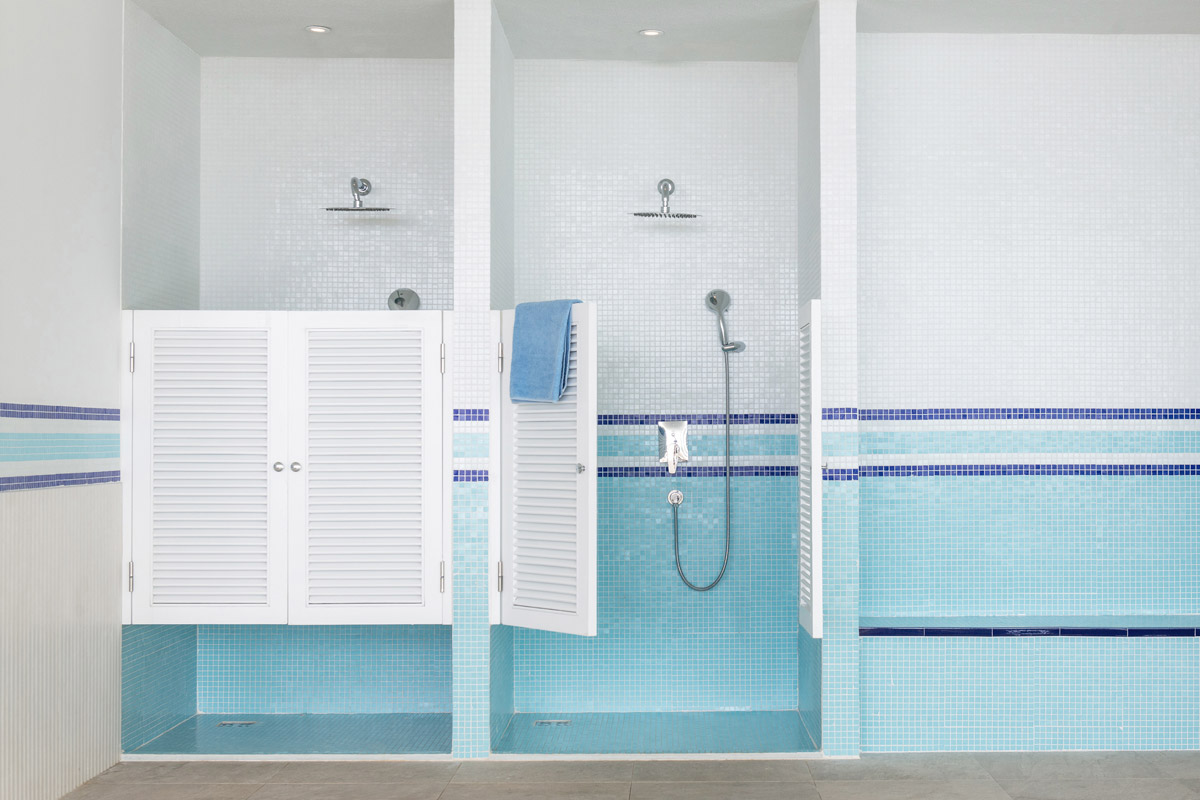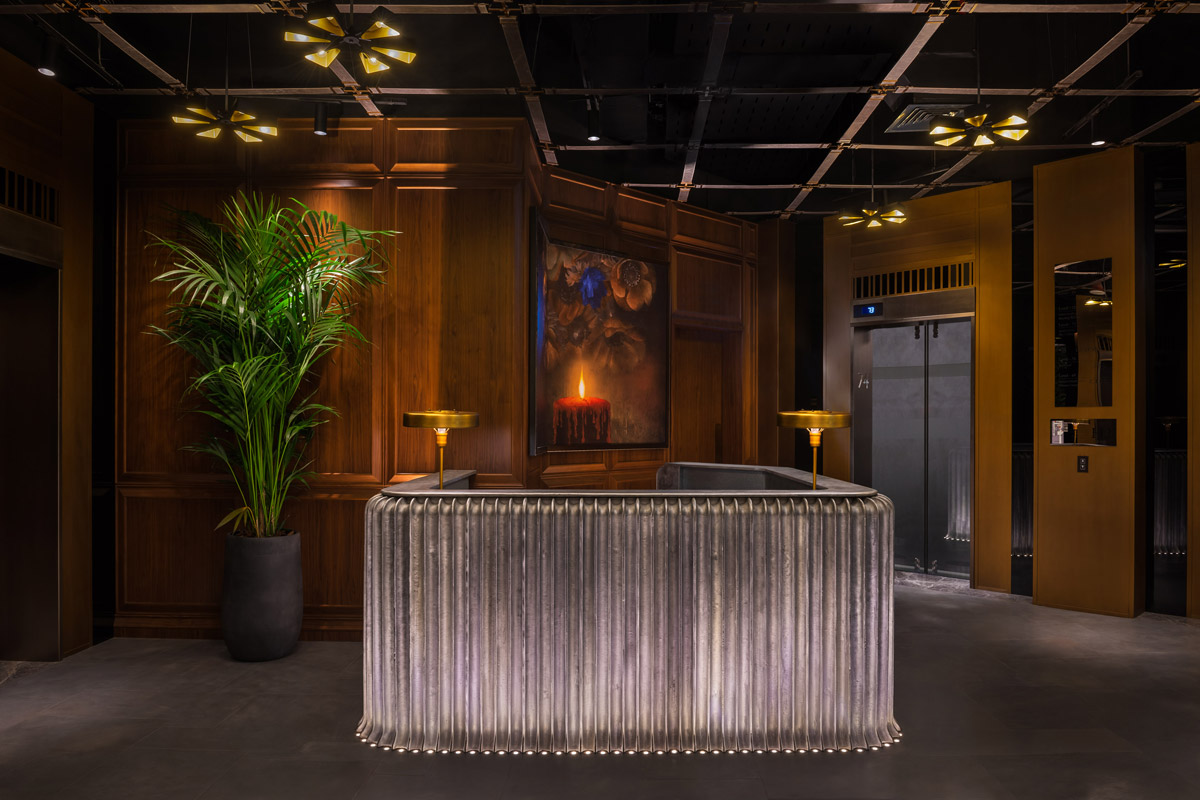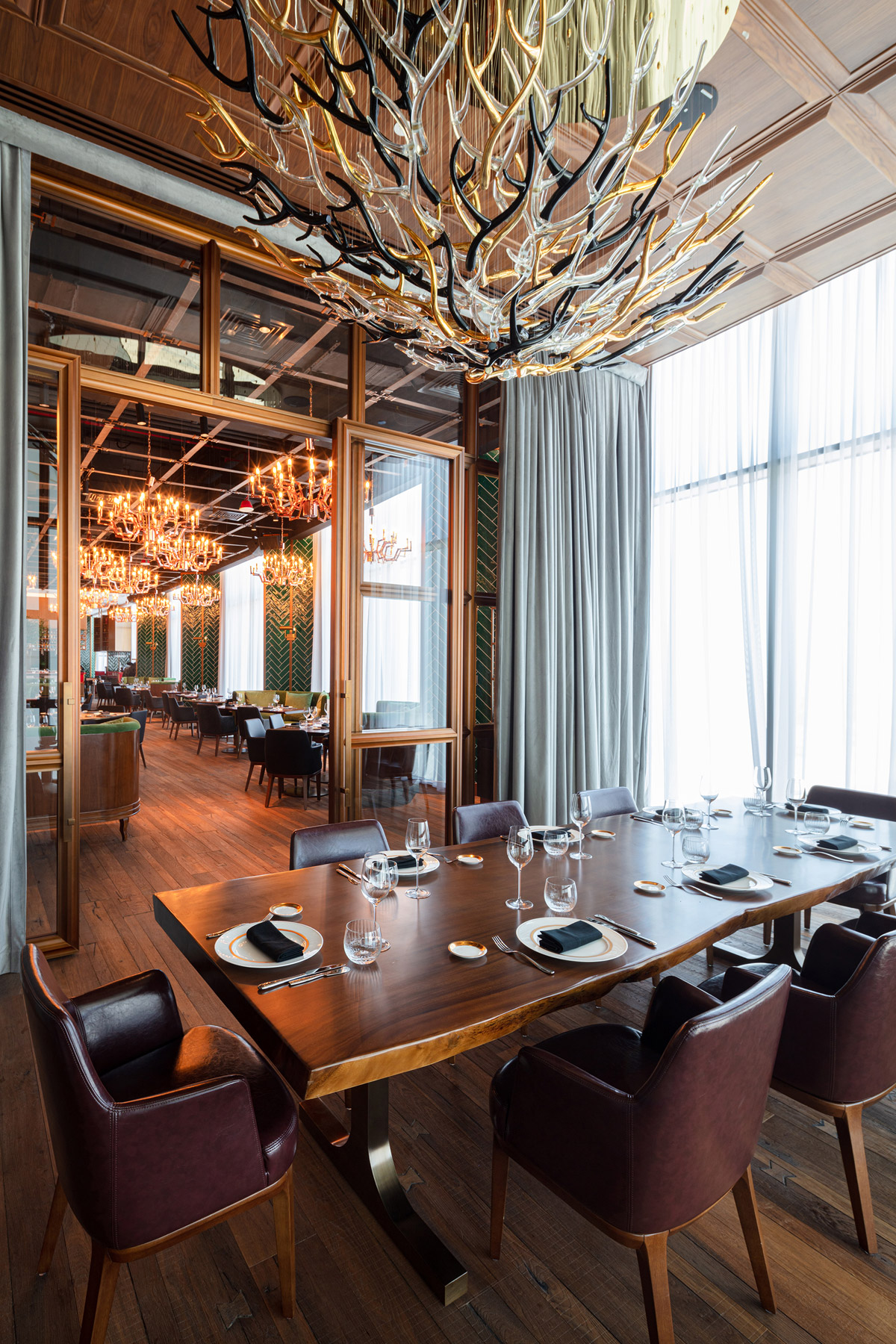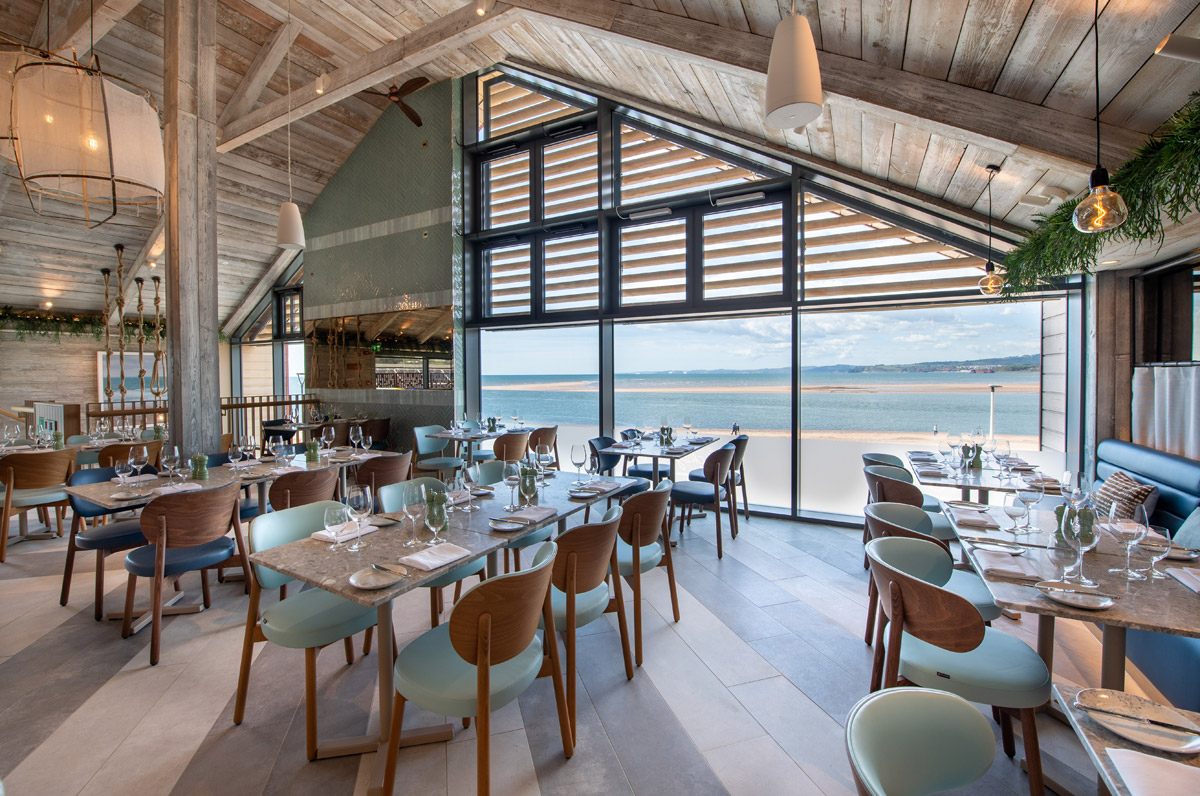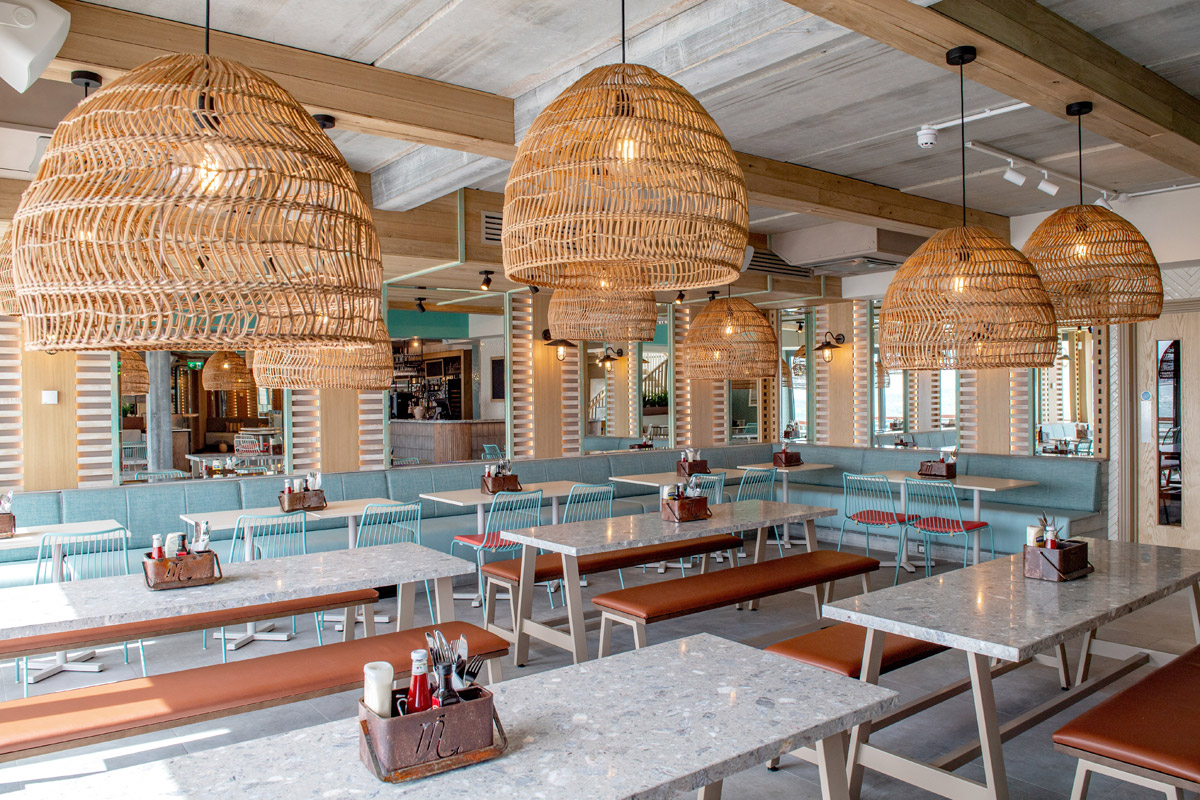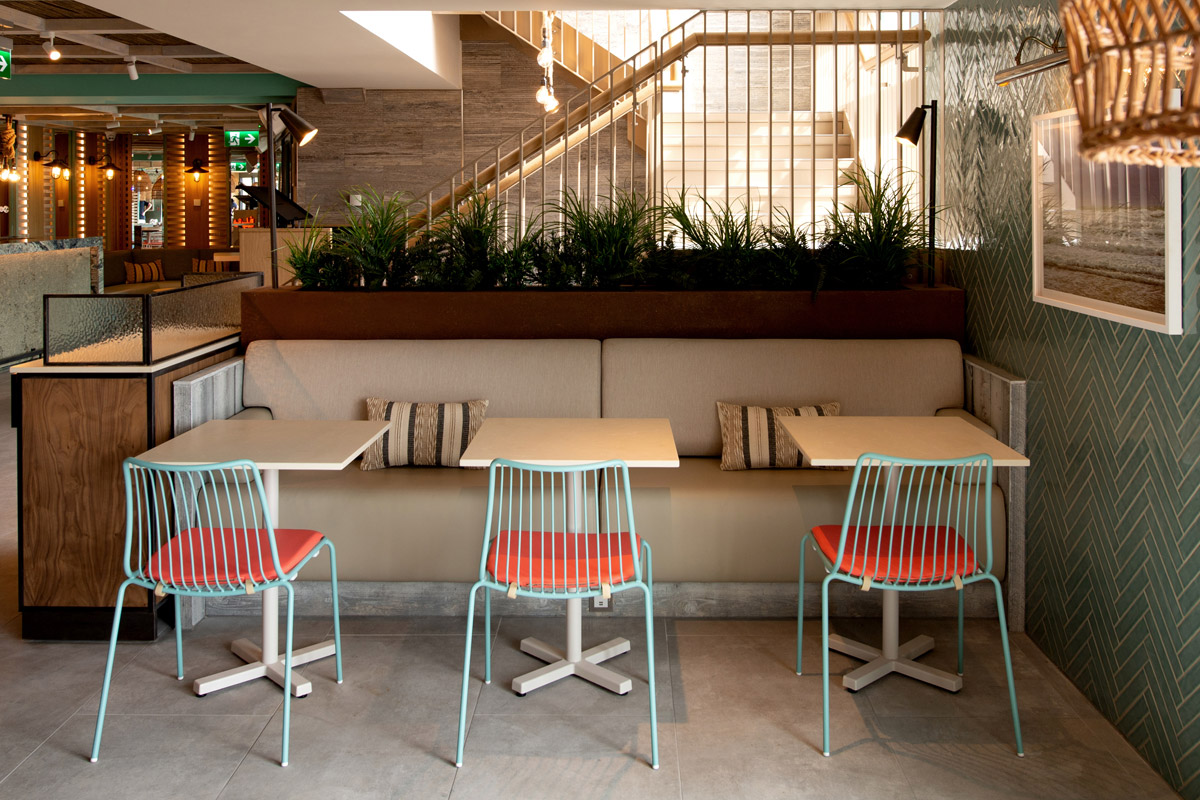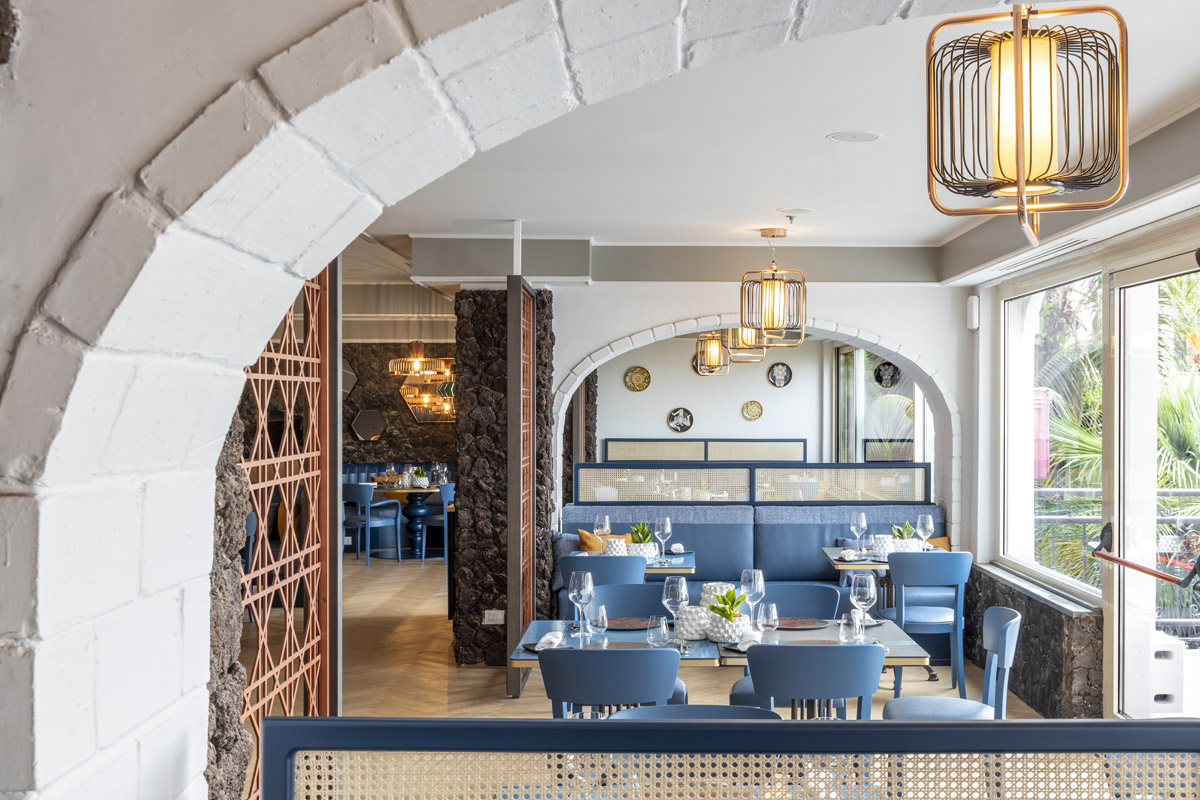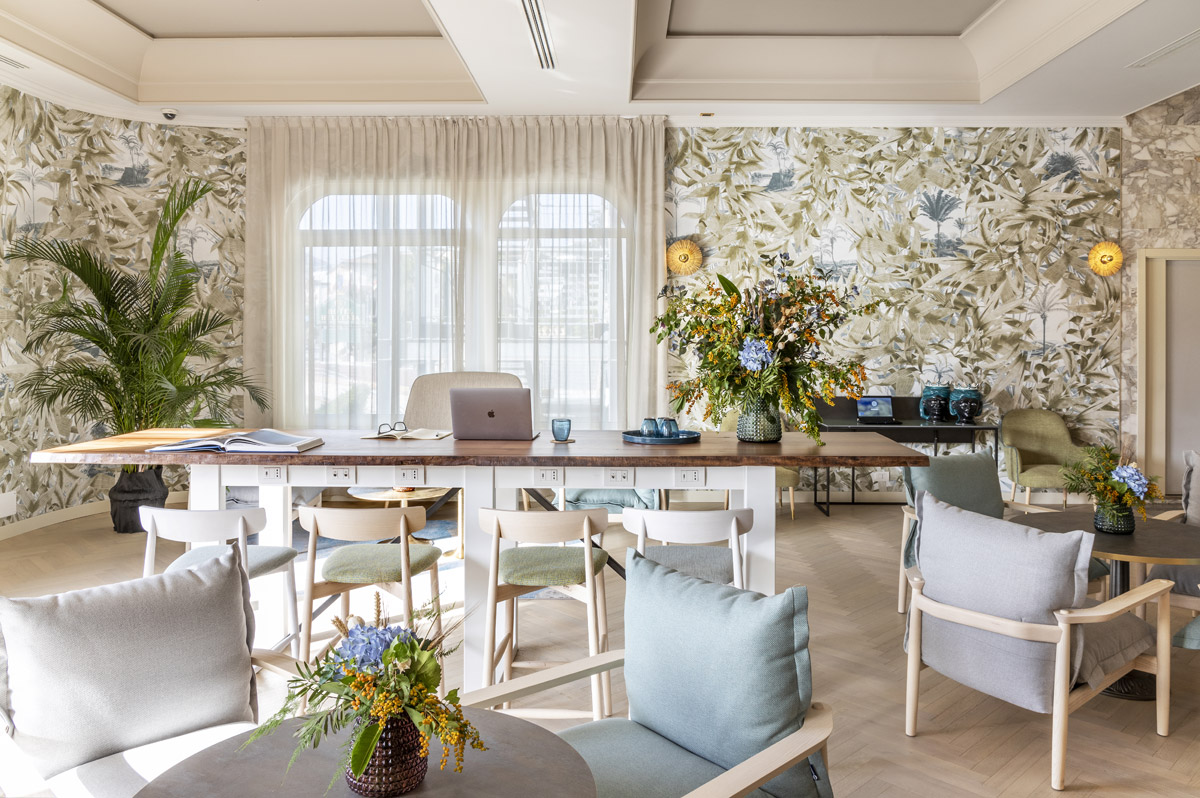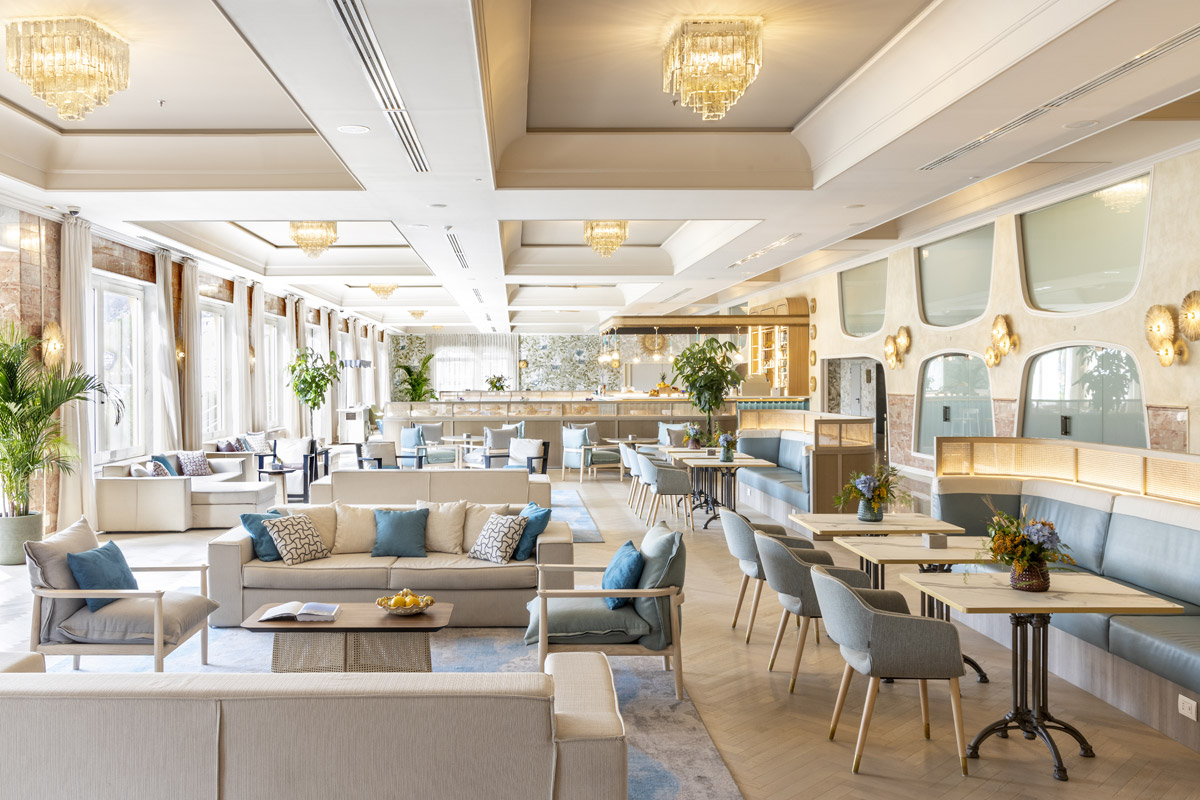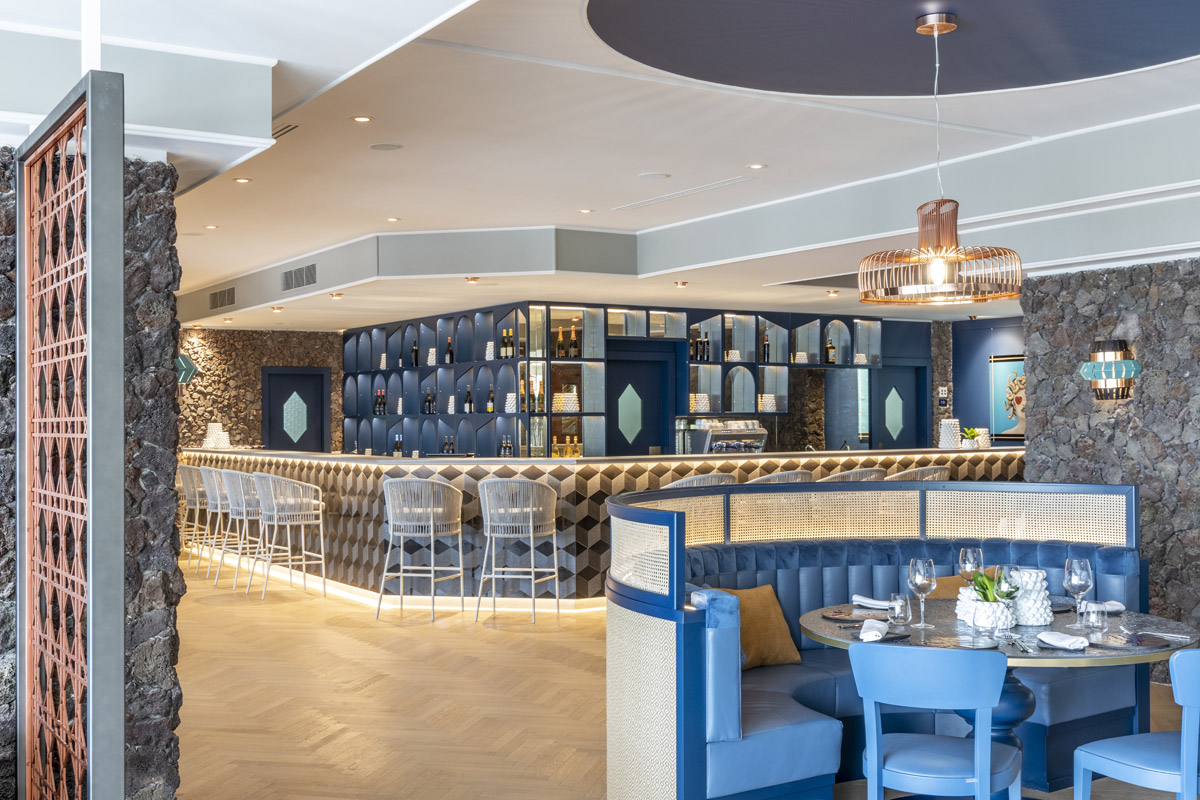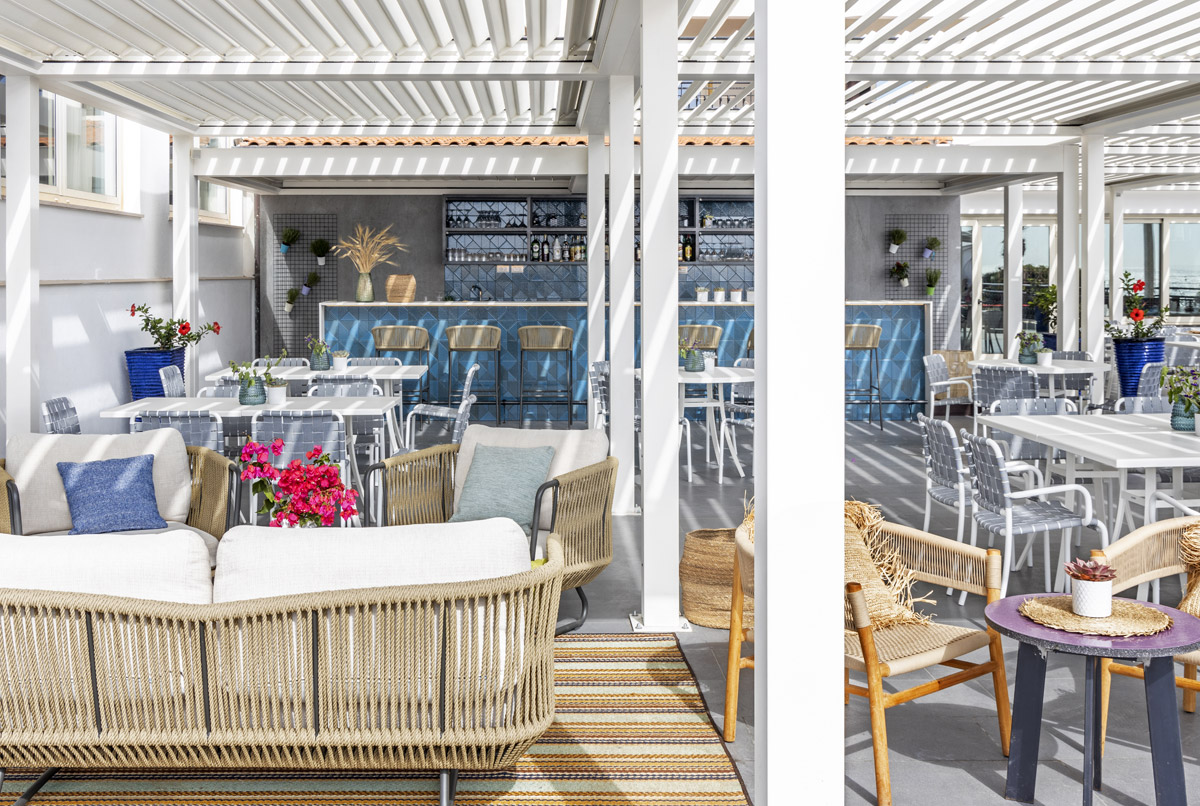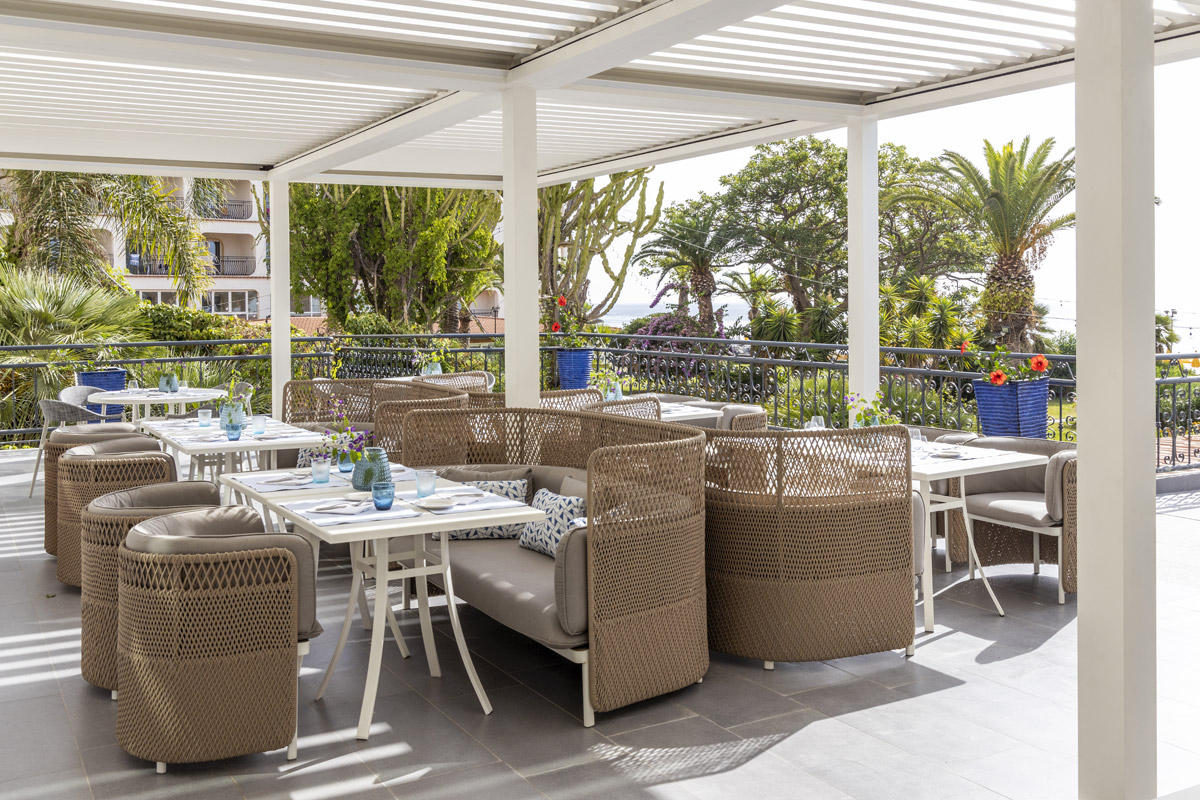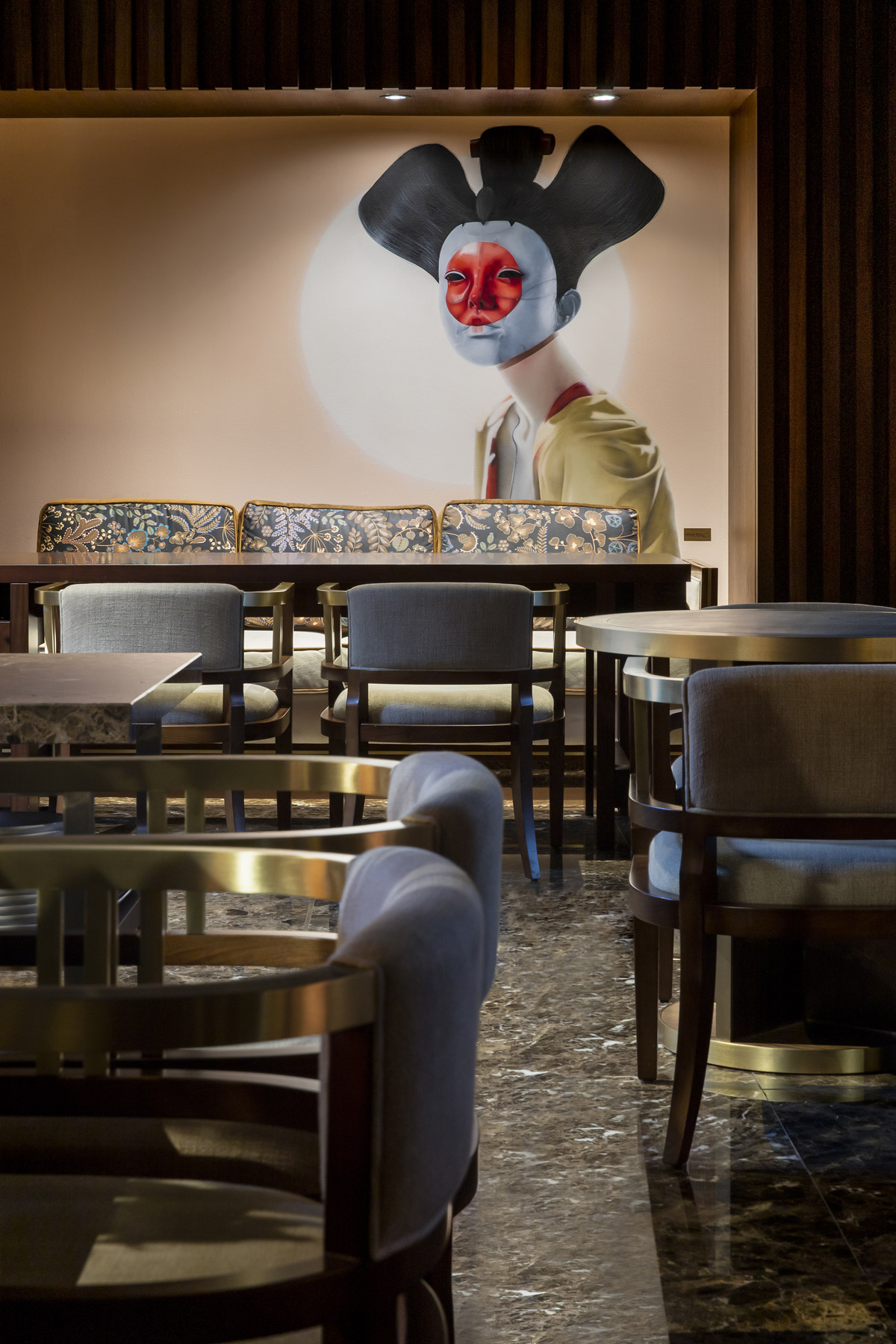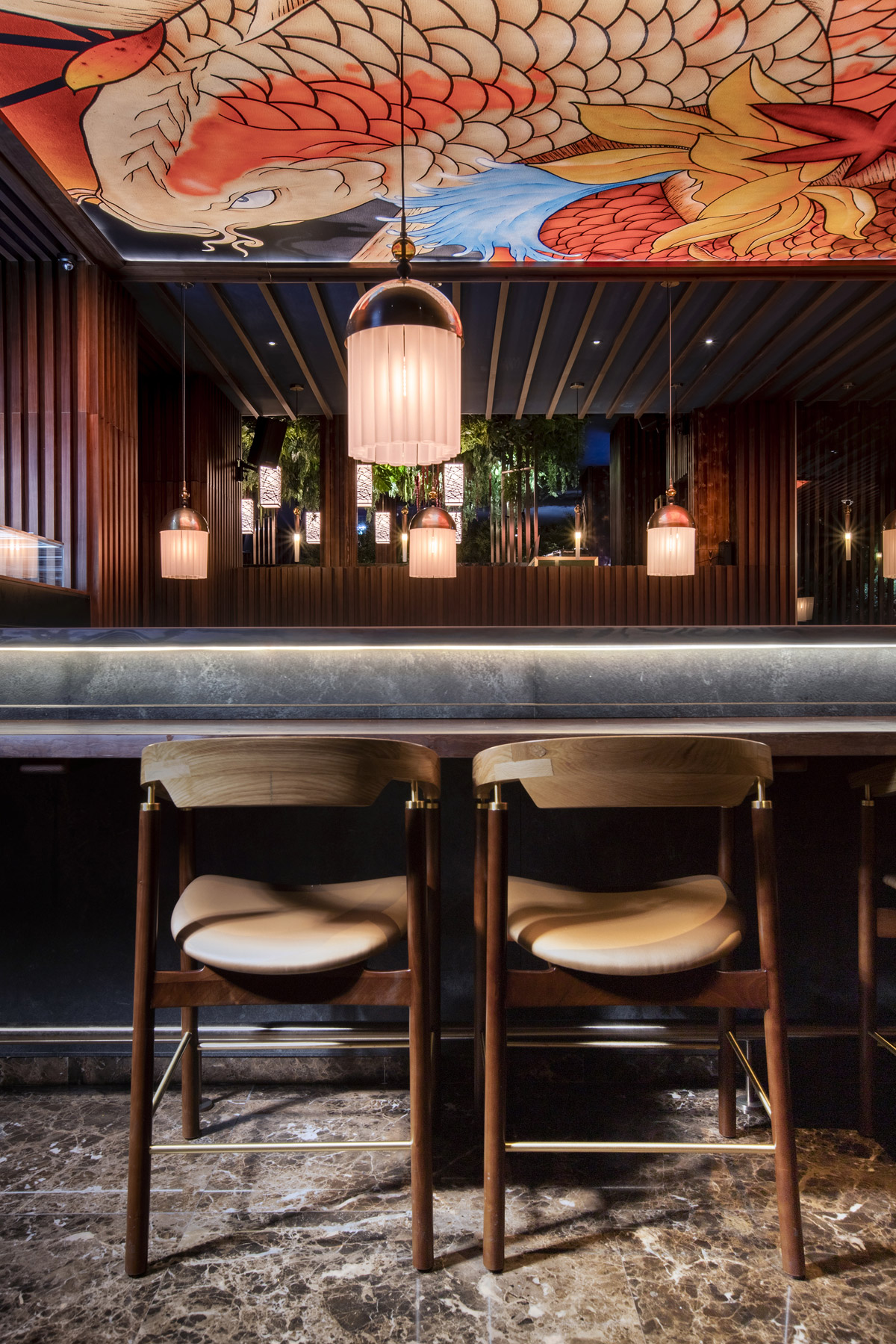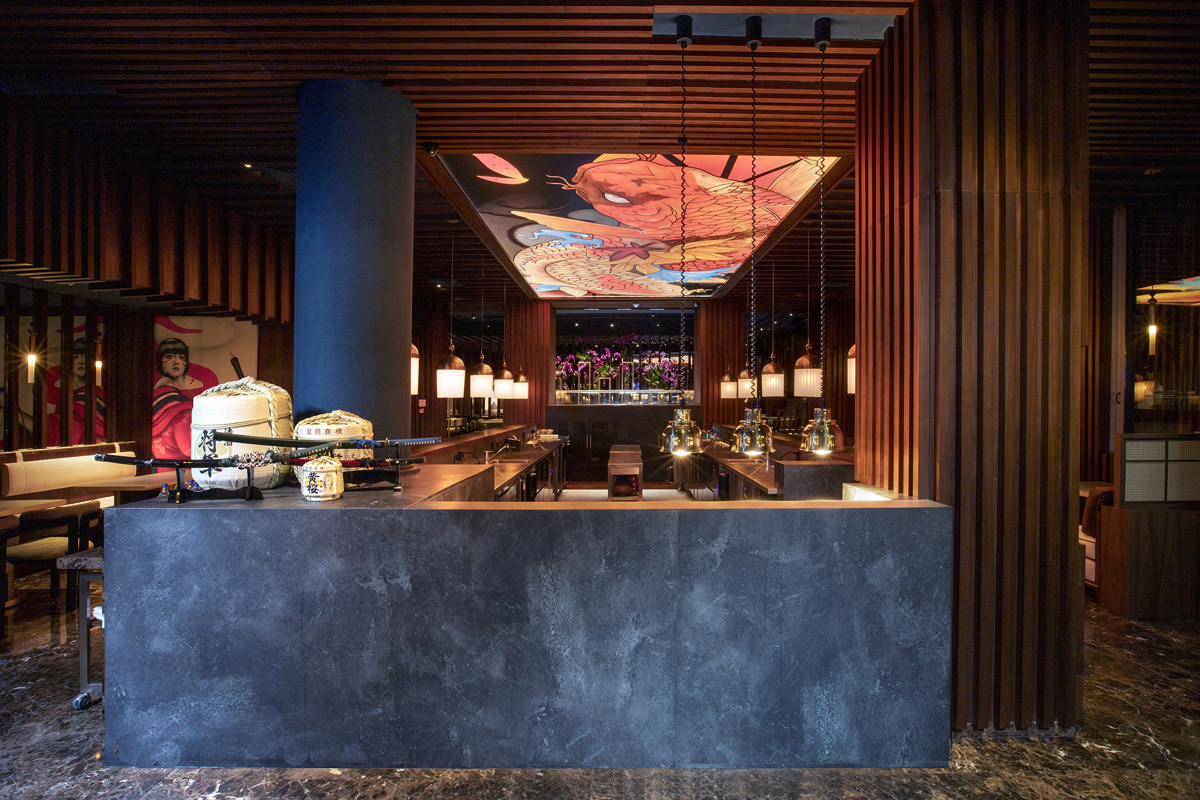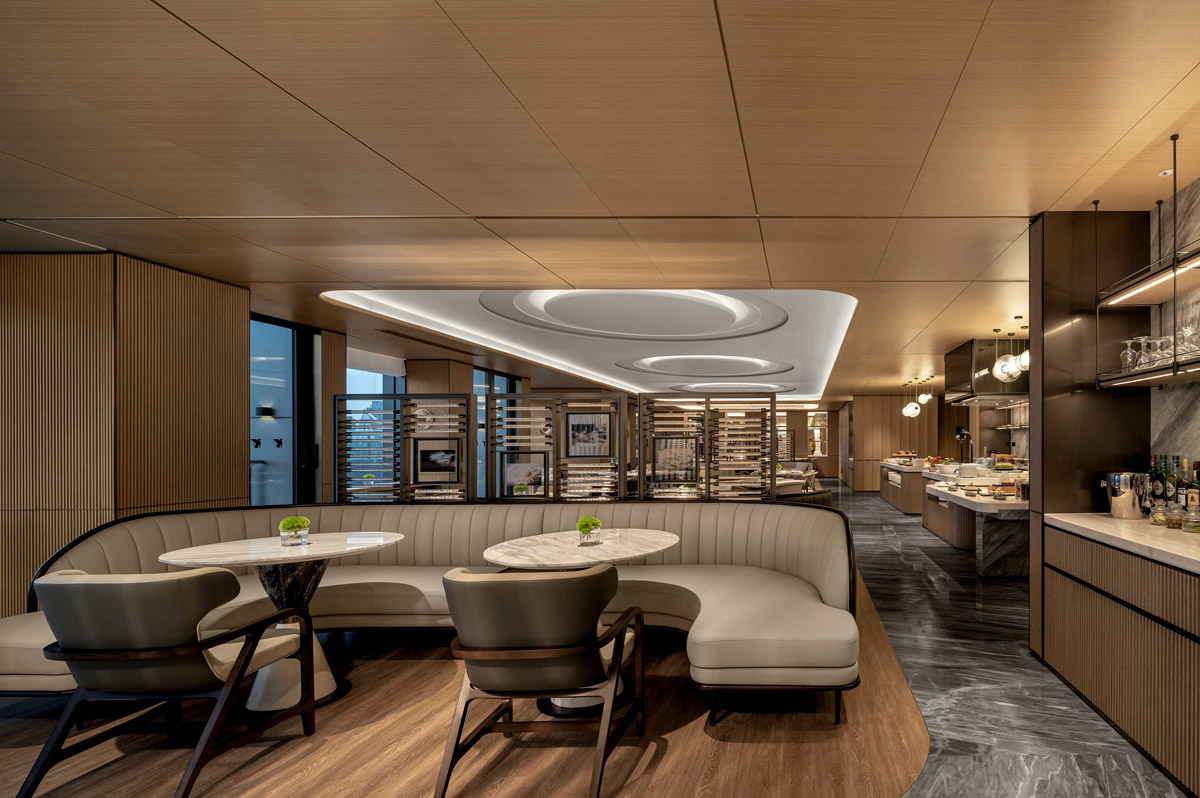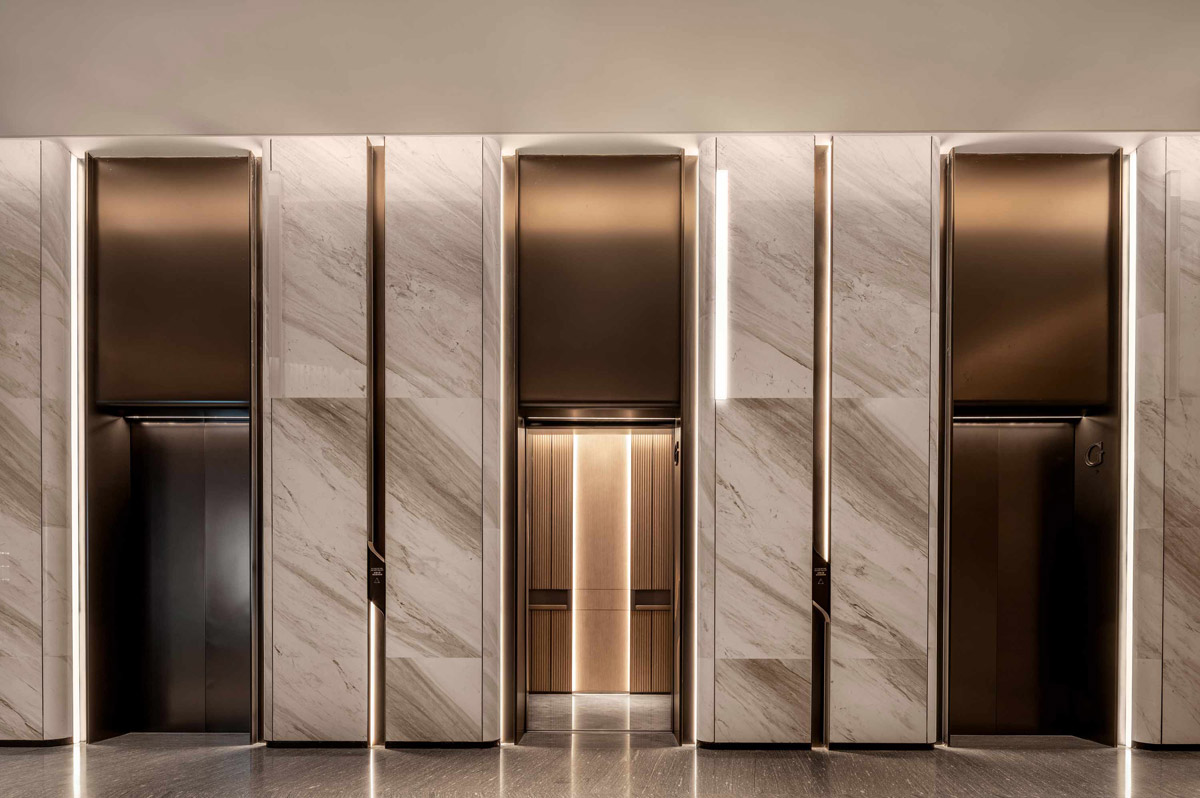This week’s instalment of Project of the Week series features an elegant and modern spa design by 2021 SBID Awards Finalist, Ina Rinderknecht.
Situated in the Croatian town of Dubrovnik, sits the 5-star Rixos Premium, recently renovated by our design studio. Inspired by the surrounding culture, architecture and history, we were entrusted with the renovation of the hotel’s lobby, its two restaurants, the sports bar, the outdoor and indoor pools and the large spa area.
The spa area is over 2000 sqm featuring state-of-the-art treatments and offering various experiences. One enters the spa through the newly designed tea lounge featuring one of the best tea selections worldwide and a concept store that sells unique local pieces.
Passing through the spa, arched niches in white marble, rippled walls and the use of trees help to create a pleasant environment. A dry sauna, wet steam bath, cold room, a Himalayan salt room, a hammam and treatment rooms, together with small pools are all included in this spa as well as an indoor and outdoor pool.
SBID Awards Category: Healthcare & Wellness Design
Practice: Ina Rinderknecht
Project: Rixos Hotel Premium, Dubrovnik
Location: Dubrovnik-Neretva, Croatia (Hrvatska)



